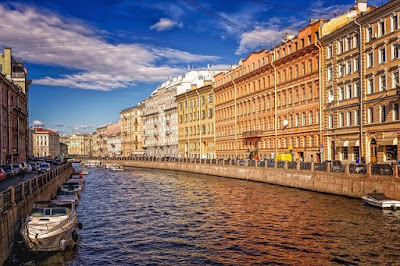What city is known as the "Venice of the North"?
In the early 18th century, the Russian Tsar Peter I decided to build a new city to serve as an outlet for Russia in the Baltic Sea. The site was chosen on the Neva River, near the Gulf of Finland.
Because the region was very swampy, the city had to be built on piles sunk in the swampy land. This caused many people to die while working in this cold and humid region.
The new city, named St. Petersburg, was called "the city built on bones".
St. Petersburg served as the capital of Russia from 1703 to 1917. During the period of the Soviet Union it was known as Leningrad. St. Petersburg is sometimes called the "Venice of the North", as it is built on 101 islands and contains about 320 kilometers of navigable waterways.
The population of the city was more than 3 million when World War II began. The Germans attacked the city and prevented supplies from reaching Leningrad for more than 500 days.
About 1.3 million people died during the Nazi siege of Leningrad, many of them starving. Some 500,000 victims of the siege are now buried in a cemetery in the city, the largest cemetery in the world.
.
